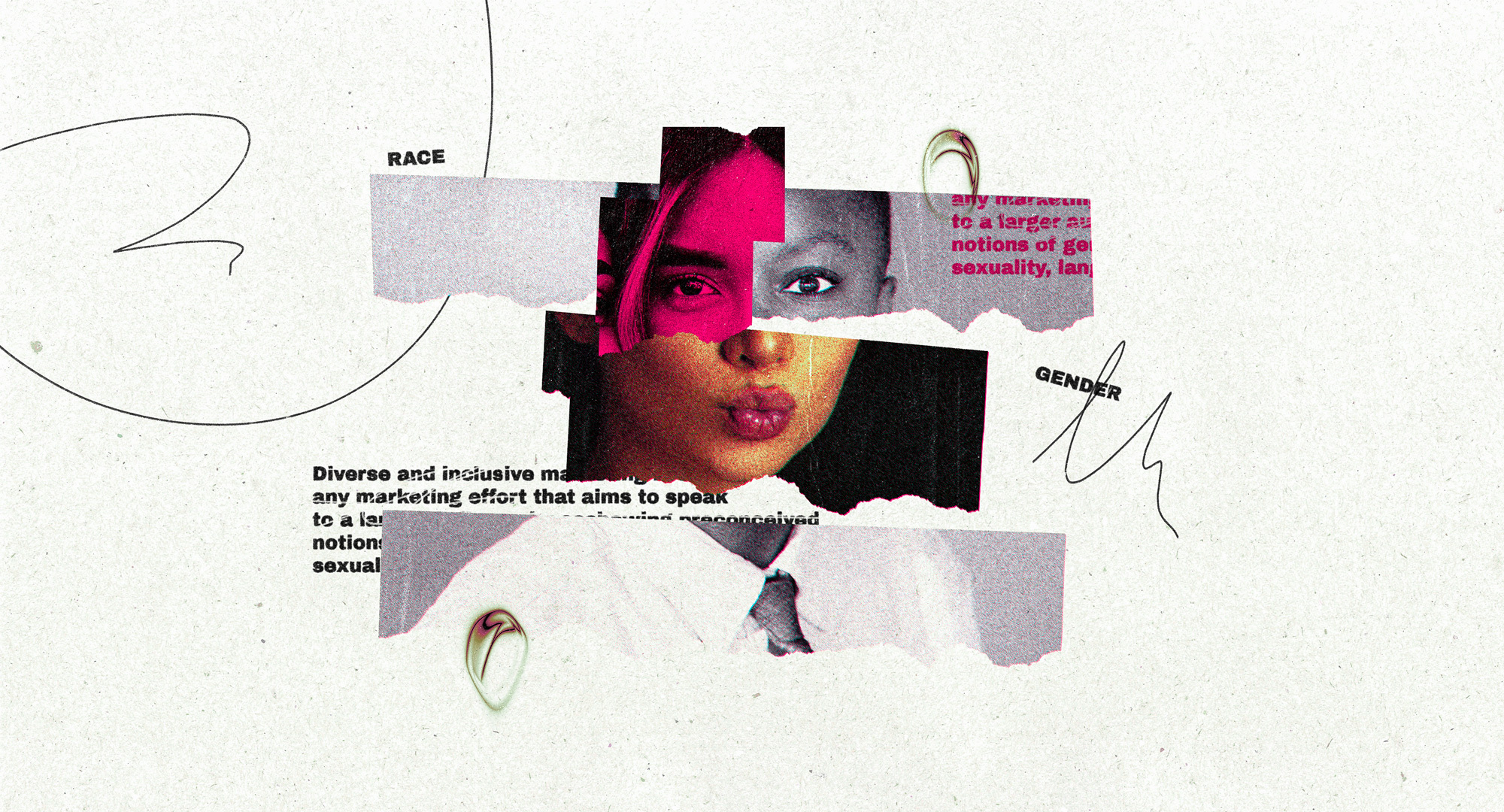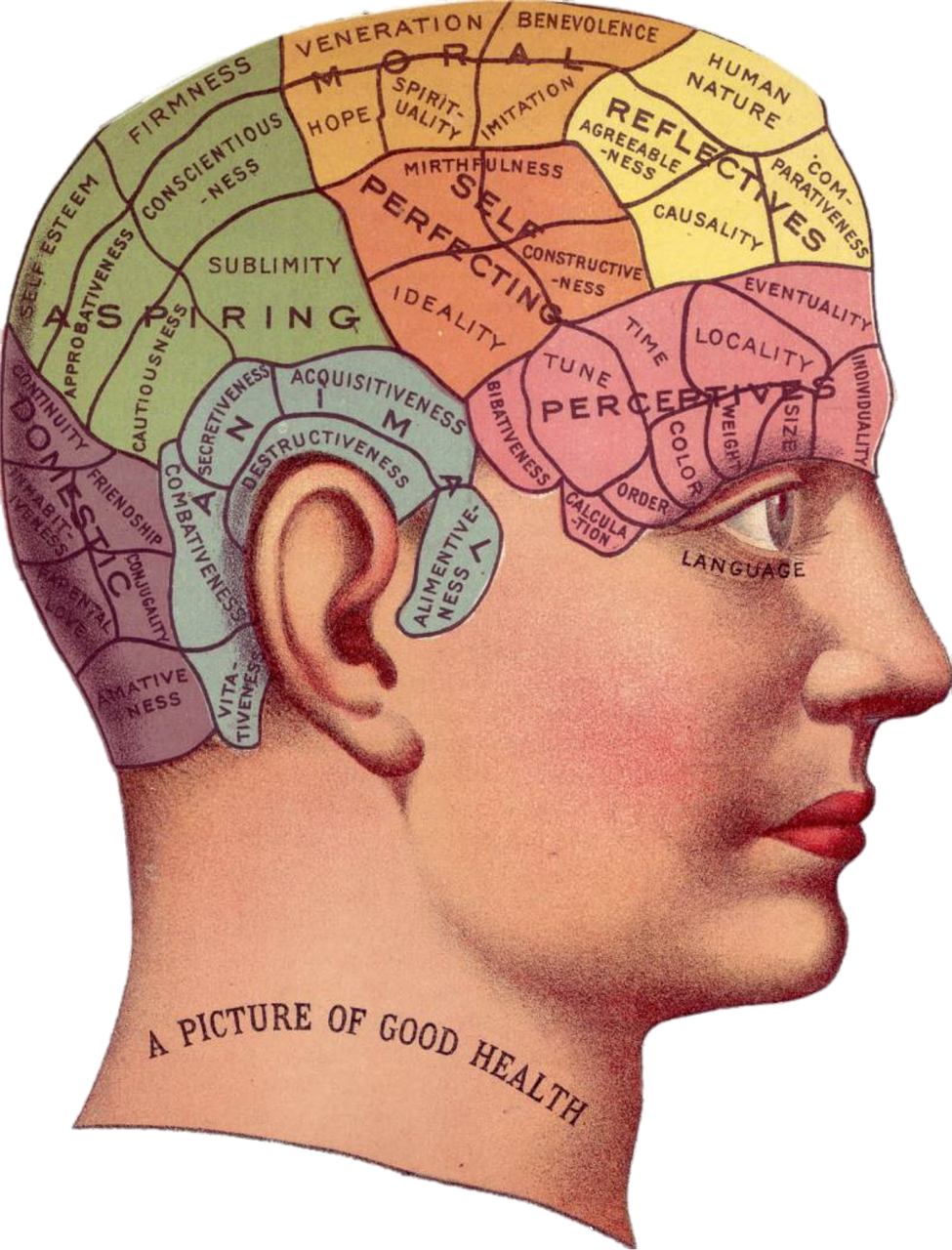Inclusive Marketing: The Ultimate Guide to Creating Campaigns That Convert
Inclusive marketing may give you higher conversion rates with campaigns that speak to everyone.

The marketing industry has been leaning towards campaigns that show real people, stories, and representation. This is called inclusive marketing, and it’s no longer a thing of the past. It’s now a key part of how brands build relationships and loyalty with a diverse audience in a competitive marketplace.
Embracing inclusive and diverse marketing helps business owners like you tap into a larger audience and drive positive social change. And if you’re looking to give it a try, this guide has all the essential information you need to know about inclusive marketing and how to apply it in your landing pages, funnels, and other marketing activities.
Key Takeaways:
- Inclusive marketing shows real stories from various people to foster trust and get conversions from the public.
- From beauty to sports, inclusive marketing can slowly rewrite how marketing is done.
- Inclusive language and a funnel design that works for everyone are some of the best techniques you can use to practice inclusive marketing.
Run successful campaigns at your absolute best with Convertri!
What Is Inclusive Marketing and Why It Matters
Diverse and inclusive marketing is simply any marketing effort that aims to speak to a larger audience by eschewing preconceived notions of gender, age, race, ability, income, sexuality, language, and religion (among other things).
It’s marketing that makes a conscious effort to include everyone.
Let’s face it, in the past advertising has been a bit… one note. You’d only see certain kinds of families on TV. One type of couple in jewelry store promos. Models – albeit beautiful – were cookie-cutter, all the same.
Now, thanks to the explosion of the internet and the fact that the playing field has been truly leveled allowing advertisers from different backgrounds and with different budgets the opportunity to go up against the big players, we’re seeing a lot of new – and yet familiar – faces on our screens.
And companies are waking up to the fact that this kind of marketing isn’t just socially responsible, it’s better for profits, too.
Inclusivity is essential for the following reasons:
- Shows reality: The world has always been diverse. Your target audience expects your brand to represent real people and stories.
- Builds trust: Consumers will more likely support an inclusive brand that aligns with their morals.
- Drives conversions: True, inclusive marketing resonates with people emotionally, leading to higher sales.
- Influences brand perception: Your business is deemed modern, relevant, and empathetic when you celebrate diversity.
Examples of Inclusive Marketing That Drive Real Results
The best inclusive marketing campaigns go beyond diversity. It’s included in the entire dialogue throughout the campaign.
Here are some examples:
1. Beauty brands rewriting standards
Fenty Beauty, launched by pop star Rihanna, has garnered attention for its product line, which encompasses all skin tones. It celebrates diverse audiences while changing how mainstream media portrays beauty.
2. Sports and empowerment stories
One of Nike’s campaigns includes a sports hijab for Muslim female athletes. This approach centered on underrepresented groups while promoting resilience and equality.
How Does Inclusive Marketing Work?
You see, younger audiences and marginalized groups want to see optimism and equality in the content and products they consume – or, more accurately, they don’t want to see the same ol’ stuff they cannot relate with.
And, as it turns out, youth and marginalized groups have a lot more spending power than companies may have previously thought.
In order to keep their custom, these businesses have been forced to change their strategies.
According to Accenture, the cultural shift we’re living in is already affecting purchasing behavior: 41% of shoppers “have shifted… their business away from a retailer that does not reflect how important [identity and diversity] is to them.” The same study showed that 29% of consumers are willing to switch brands completely if they don’t showcase enough diversity—and that percentage just goes up for ethnic minorities and the LGBT+ community.
Inclusive marketing targets individuals from all walks of life, by seeking what they have in common outside of social labels, or “the norm”.
For example, let’s say you own a makeup brand. If you didn’t do thorough audience research, you may assume that the only people buying and using your products were teenage girls and young women. In actual fact, more people buy it for different reasons – but you wouldn’t know unless you did more research, or piloted a campaign to target and reveal this under-represented segment of your customer base.
Maybe young men buy makeup, either for their girlfriends or to wear themselves. Maybe more older women like your makeup. Maybe drag queens are your biggest fan. Or you could put out a video campaign showcasing an older gentleman who moonlights as Gene Simmons in a Kiss cover band after his 9-to-5.
Unexpected? Definitely, in the traditional advertising landscape – but not necessarily inaccurate.
How to Apply Inclusive Marketing Effectively to Your Funnels and Landing Pages
Truly inclusive marketing begins with an idea, and it doesn’t stop there. It extends to landing pages, sales funnels, and the whole customer journey.
This is how you can be inclusive in your marketing efforts:
1. Create content that reflects the community.
Use inclusive images that show real customers from different backgrounds. Include their personal experiences from your community. This will be your guide in creating visuals and copy that are relatable to a broader audience.
2. Use language that includes.
Address the pain points directly without assuming about identity and culture. Let focus groups review your copy after writing it to cross-check and edit words that may not feel as inclusive as you think.
3. Adapt your funnel design.
Make the website and landing pages publicly accessible. Provide closed captions for videos, alt text for images, and readable font sizes. Use an inclusive marketing toolkit to test the funnel’s performance.
Avoid Stereotypes: How to Communicate Authentically
Inclusive marketing is about being intentional with storytelling. Leave tokenism out of the door and be authentic with every story you tell.
Follow these tips:
- Never generalize. People from a minority culture don’t share the same values and interests.
- Work with creators who have unique perspectives, diverse voices, and personal experiences to enrich your content.
- Be empathetic and focus more on shared human values instead of the differences.
- Review your past advertising campaigns to avoid harmful stereotypes with your current project.
Accessibility and Inclusivity in Website Design
Web design is also included in your inclusive marketing strategy. Key elements include:
- Clear, readable text and fonts.
- Sufficient color contrast.
- Alt text for describing images for screen readers.
- Keyboard navigation for users who should still navigate your site without using a mouse.
- Captions and transcripts so people with hearing impairments can still understand the video.
Accessible design widens your customer base and improves your search visibility among global audiences. That’s a huge win for the marketing team.
Build Funnels That Welcome Everyone
Inclusive marketing goes above aligning brand values with gender identity and doing a diverse representation of underrepresented groups. It’s about making a marketing ecosystem where audiences are seen, heard, and valued by the company, from the chief marketing officer to the newest members of the marketing team.
Being inclusive attracts a large audience to your business and allows you to do good marketing without offending anyone. Apply these marketing principles to your funnels by using smart page builders like Convertri today!





